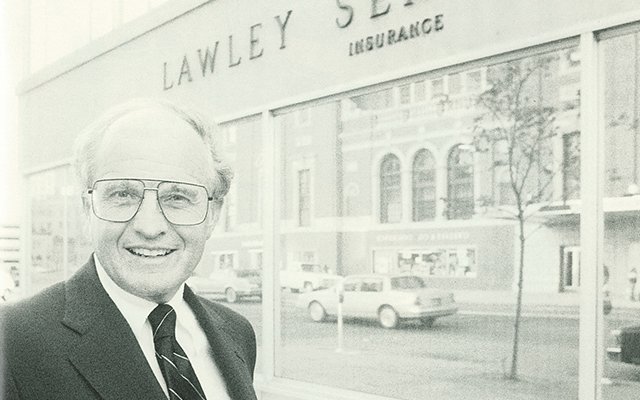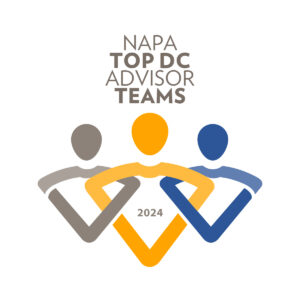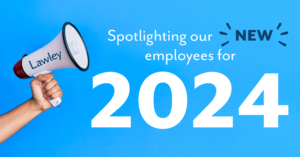How Fitbits are Changing Workplace Wellness: An Interview with Rochester’s Democrat & Chronicle (D&C)
The Lawley in-house corporate wellness team is an added-value resource for Lawley customers to develop a healthier workplace program while creating more health-conscious employees through a culture of workplace wellness. This week, Todd Clausen of The Democrat & Chronicle interviewed Lawley Wellness Coordinator Carly Kennedy, Partner Mike Mancuso and Account Executive Bonnie Huck for a story on how the Lawley Corporate Wellness team develops wellness programs both internally in the Lawley offices and with clients in their companies. Below is the interview, or it can be read in full here.
Bonnie Huck puts in roughly 10,000 steps a day.
She knows because of a Fitbit given to her as part of a work wellness program at Lawley, an insurance and employee benefits company with offices in Rochester.
The wearable technology has helped her shed about 10 pounds.
“We are all here more than we are probably at home so to have that support behind us in the workplace … I think it is a great move toward becoming healthy,” she said.
The device wraps around the wrist and helps users track things like steps, food intake, sleep and other information. It also can be used to set up challenges among friends or coworkers — providing a little extra motivation to reach a goal.
Lawley has given out 230 Fitbit wearable devices to employees in Rochester and other sites in New York, New Jersey and Connecticut.
But it’s not the only way Lawley has moved workplace wellness beyond fitness centers and company softball teams.
Workers take a 36-panel blood test annually to measure cholesterol, blood sugar, sodium levels and other data to gauge overall health. There is a questionnaire that compares someone’s actual age with their “lifestyle” age.
In return for sharing all that information, workers get some paid time off, those free Fitbit trackers and a clearer picture about their overall health. Carly Kennedy, a health and wellness specialist, uses the data to develop programs to help employees improve on results.
It may sound a bit Big Brother, but employees don’t seem to mind.
While workers can view their individual results, the company said it gets the data that’s scrubbed of identifying information. There is about an 80 percent participation rate in the programs, said Mike Mancuso, a partner.
“We as a company do not want your information,” he said. “We want aggregate results so we can help people live healthier. Fitbit gives us the opportunity to measure the results. Everything is going to measurable results.”
The end goal is simple: Fit employees are more productive employees. They are less of a drain on health care costs. It cuts absenteeism. Workers are happier when they are healthier.
It makes sense, too. Encourage workers to be healthier without forcing the issue.
After all, weekend warriors and gym rats have long tracked workouts, runs and other activities.
“We want aggregate results so we can help people live healthier. Fitbit gives us the opportunity to measure the results. Everything is going to measurable results.” – Mike Mancuso, Partner
But there might come a point where all that information about steps, burned calories and hours of sleep can suck the fun out of a long run, body pump class and other fitness activities, according to a researcher from Duke University.
“Enjoyable activities can (become) almost like a job, by focusing on the outcomes of things that used to be fun,” Jordan Etkin, an assistant professor at Duke, said in a release.
“But don’t start throwing those Fitbit devices against a wall. It’s a trend that’s starting to pick up in the workplace,” Mancuso said.
“We’ve seen wellness progress in place for many years but now it’s like, ‘How do we measure the results?'” he said. “A lot of companies are starting to go to something that (is) trackable.”
Just keep in mind that if all the tracking and work connectivity feels a bit too much, maybe you should stop.
And if you don’t feel well, go see a doctor.













